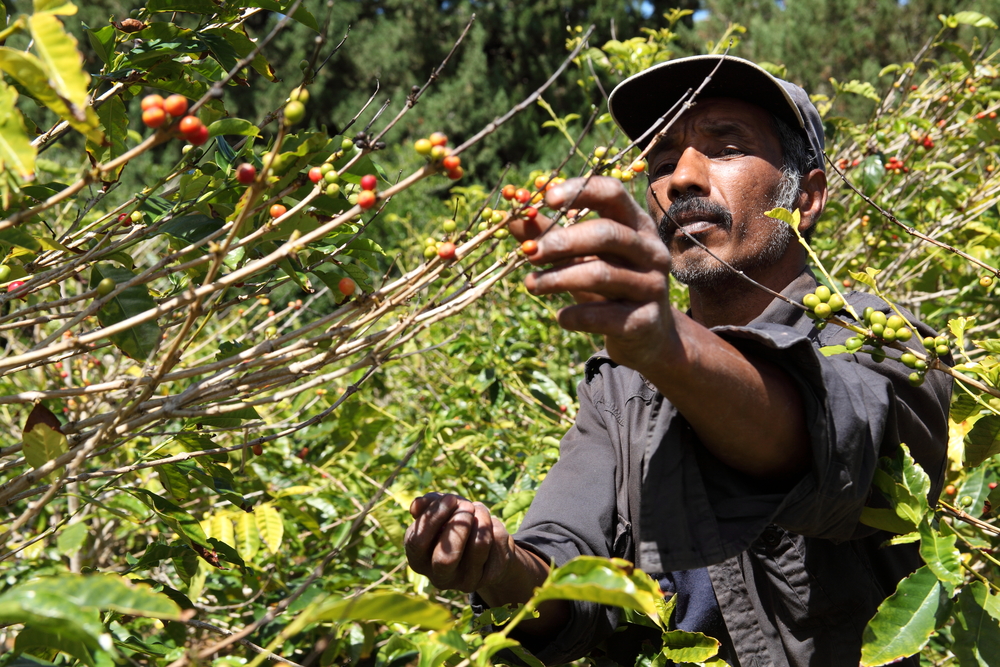They’re working on it, promises new USDA chief Tom Vilsack.

The Trump administration paid out astronomical amounts of assistance money to farmers and food producers during the COVID-19 crisis.
One of the major sources of that money was through the Coronavirus Food Assistance Program, or CFAP, which started off with $16 billion in funding to farmers who had been hit hard by the COVID-19 pandemic. This week, the USDA announced its new plans for further versions of CFAP, which are aimed at more equitably distributing funds.
As of October 2020, CFAP had distributed about $9.2 billion to producers. But an investigation by the Environmental Working Group, using USDA data, found that 97 percent of those funds had gone to white farmers. As the funds were tied to production rather than to need, the biggest farmers got the most money—and, due to a history of racist discrimination in the agricultural field, the vast majority of the biggest farmers in the US are white.
This new initiative is called the Pandemic Assistance for Producers, and future versions of CFAP will fall under that umbrella. The total program will include “at least” $6 billion in COVID-19-related relief for agricultural producers. While the initial round of payments will go by existing CFAP rules—meaning, mostly to huge white-owned farms—the USDA also committed to investing $2.5 million in outreach to disadvantaged communities.
The aim there is to ensure that future rounds are distributed based on need and specifically to the types of farmers not adequately compensated by the existing rules. Those include organic farmers, Black and Latino farmers, beginning farmers, women farmers, veterans, timber harvesters and more.
By April 30, the USDA expects to invest an additional $500 million for assistance to specialty crop farmers (those who grow fruits, vegetables and nuts), socially disadvantaged farmers, regional food markets, incentives for low-income Americans to purchase fruits and vegetables, nutrition researchers and more.
Tom Vilsack, the current head of the USDA, does not have a good reputation among Black farmers, dating to his actions during his first stint as USDA chief under President Obama. But Vilsack has promised to right some of those wrongs; a reworking of the COVID-19 aid programs is one such way that could happen.